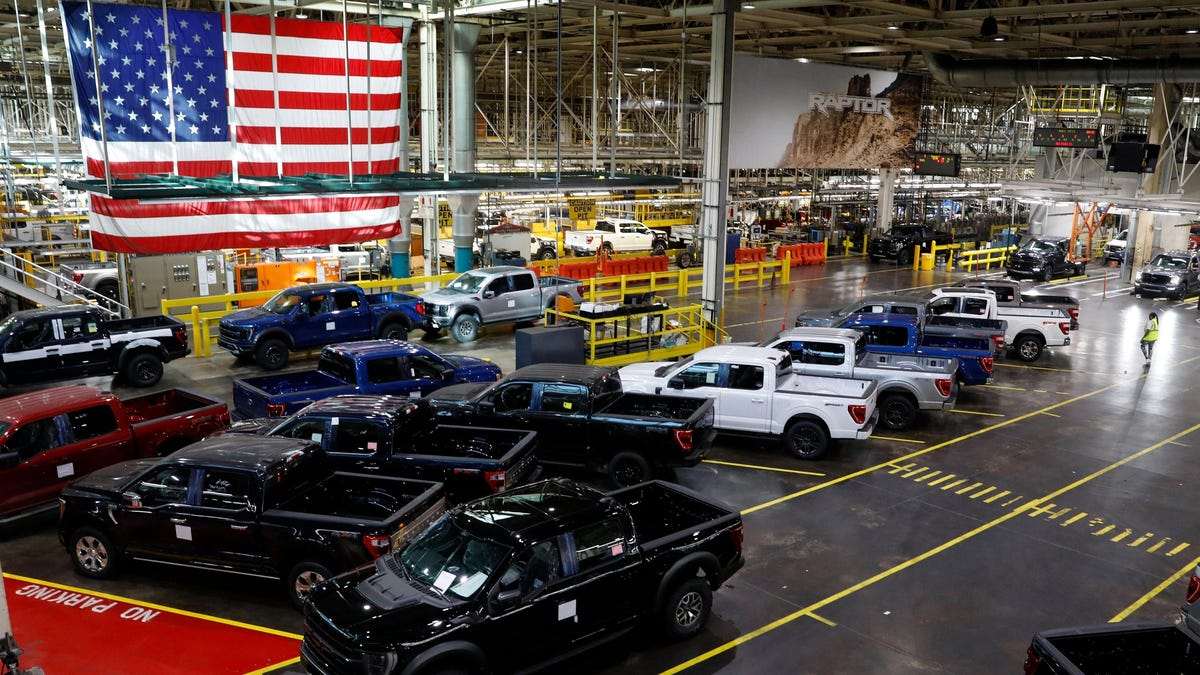Trucks and SUVs have long held back the average fuel economy of the national fleet in the U.S., and the Department of Transportation wants to address this via newly proposed standards that set stricter rules for light trucks and sport utility vehicles than those for passenger cars. The latest proposal from the National Highway Transportation Safety Administration says that trucks and SUVs must increase their fuel economy by four percent per year from 2027-2032, which is double the two percent required for passenger cars in that same time period.
If automakers could, indeed, achieve the fuel economy gains outlined by the proposal, then the nationwide average of the U.S. fleet would be 58 miles per gallon by 2032, but that’s highly unlikely to happen for a number of reasons — not the least of which being that the country consistently fails to meet these standards, and carmakers just keep paying civil penalties when they fail to meet the regulations. Almost as if these standards end up having the opposite effect on the nation’s fleet-wide average despite the intentions of regulatory agencies.
The proposal from NHTSA, released on July 28, reportedly aligns with new standards the EPA proposed earlier this year, ostensibly meant to increase the adoption of EVs in the U.S. in order to make EVs account for 67 percent of all new vehicle sales in the country by 2032, according to NPR. But the proposal from NHTSA is not allowed to mandate the type of vehicles sold to meet CAFE standards; instead, these rules are only allowed to regulate the average fuel economy of the fleet, which has stagnated despite advances in combustion technology.
The problem is that while passenger cars and minivans have been getting more fuel efficient, trucks and SUVs haven’t been keeping up with the latest gains. Given the popularity of full-size trucks and SUVs in the U.S. — where the Ford F-150, Chevy Silverado, and Ram 1500 — are the best-selling vehicles, average fuel economy isn’t increasing enough to meet standards. In fact, the U.S. fleet has already fallen short of current rules, which said it must average roughly 49 mpg by 2026. The new rules would mandate an average of 58 mpg by 2032. Of course, that figure is based on compliance testing, per Politico, so the real world average ends up about 20 percent lower than the figures outlined by the rules. That would mean that, by 2032, the standards mandate 46 mpg.
Even with that tolerance in mind, in 2022, the fleet average was 25.4 mpg due to the popularity of gas-guzzling trucks and SUVs. That’s far from the proposed real world average of about 39 mpg by 2026, and it’s unlikely the fleet will achieve the standard by the deadline. All of this to say that, despite the new stricter rules from NHTSA, that doesn’t necessarily mean Ford, GM, and Ram have no choice but to increase the fuel economy of their full-size trucks by 2032.

